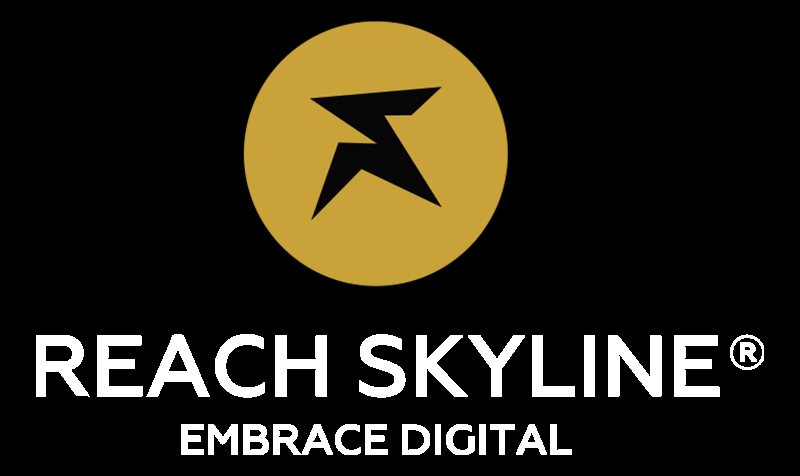Insights into Recognizing Scams and Protecting Yourself Online
In today’s digital age, the internet has become an integral part of our daily lives, providing convenience and access to information like never before. However, with the rise of online activities comes an increase in scams and fraudulent activities. Recognizing these scams and protecting yourself online has become essential. Whether you’re an individual user or a Software Development Company, understanding these threats and how to avoid them is crucial for maintaining online safety. In this blog, we’ll explore everyday examples of online scams and provide practical tips to safeguard yourself against them. Common Online Scams and How to Recognize Them 1. Phishing Emails and Messages Phishing scams are one of the most common types of online fraud. These scams involve fraudulent emails or messages that appear to come from a legitimate source, such as a bank and online service. The goal is to trick the recipient into providing sensitive information like passwords, credit card details, or social security numbers. An example of a phishing email might be one claiming that your account has been compromised and urging you to click a link to verify your information. How to Protect Yourself: Always check the sender’s email address, avoid clicking on suspicious links, and never share personal information through email. Legitimate companies will never ask for sensitive information this way. 2. Fake E-Commerce Websites With the surge in online shopping, scammers have created fake e-commerce websites that mimic legitimate stores. These sites often offer unbelievable discounts to lure customers into providing payment details. Once the payment is made, the products are either never delivered, or the customer receives counterfeit items. How to Protect Yourself: Verify the authenticity of a website before making a purchase. Look for reviews, check for secure payment options (look for “https” in the URL), and be wary of deals that seem too good to be true. 3. Tech Support Scams In this scam, fraudsters pose as technical support agents from well-known tech companies or even software development services providers. They claim that your computer has been infected with a virus or has security issues. The scammer then requests remote access to your computer or asks for payment to “fix” the issue. How to Protect Yourself: Legitimate tech companies will never contact you unsolicited to fix an issue. If you receive such a call, hang up immediately. Use trusted software for virus detection and only seek support from official websites. 4. Social Media Scams Social media platforms have become hotbeds for scams, ranging from fake giveaways to investment frauds. Scammers create fake profiles and pose as celebrities or influencers to promote bogus contests or products. They may ask for your personal information or require payment to claim a “prize.” How to Protect Yourself: Be skeptical of promotions and offers that require personal information or payment upfront. Verify the authenticity of social media profiles and report any suspicious activity. 5. Online Job Scams Job seekers are often targeted by scammers who post fake job ads on legitimate job boards. These ads may promise high-paying remote jobs but require applicants to pay upfront for training or equipment. In some cases, scammers collect personal information that can be used for identity theft. How to Protect Yourself: Research the company thoroughly before applying for a job. Be cautious of any job offer that requires payment or asks for sensitive information early in the application process. How to Protect Yourself Online In an increasingly digital world, recognizing scams and protecting yourself online is more important than ever. From phishing emails to fake tech support calls, scams can take many forms. By staying informed, using secure practices, and seeking guidance from a trusted Software Development Company, you can safeguard your personal information and enjoy a safer online experience. Always be vigilant and proactive in your approach to online security to stay ahead of scammers and protect your digital footprint.












